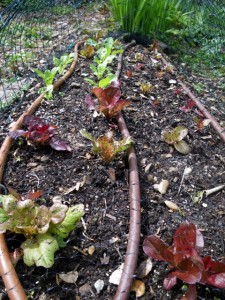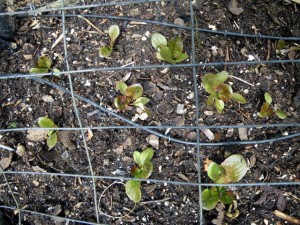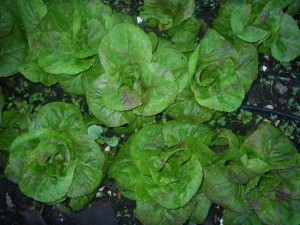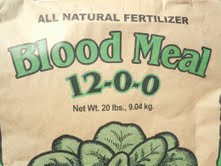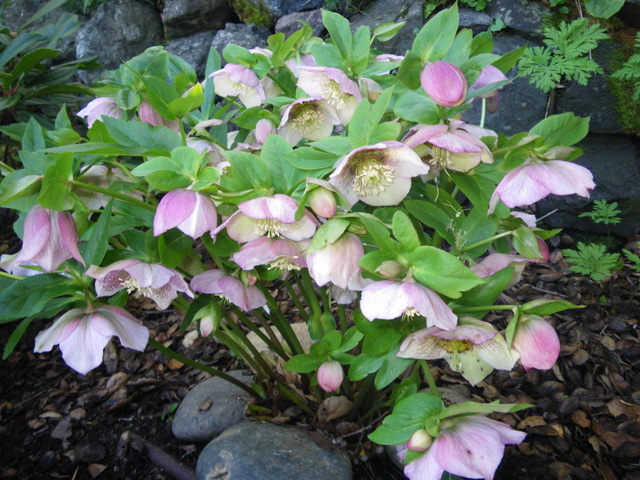by Avis Licht
In the garden my plants are bursting with happiness from the latest rains after some very warm days. In northern California we rarely get rain in June, and when we do, it’s cause for celebration. Irrigation from the municipal water that is treated with chemicals, is not the same as rain and the plants truly respond to the difference. Read about nitrogen and rain in this post.
Father’s Day is coming up soon. Be sure your favorite Dad has the tools he needs for his garden. Great Garden Tools
A few easy and useful tips for keeping your summer garden growing well:
1.Check your irrigation system for leaks and make sure all the plants are getting watered. With overhead sprinklers plants can get missed by interfering foliage. With drips, you need to check that they are working, haven’t popped off and that there are enough for your plants. Drip is good at conserving water, but you still need to check for moisture around your plants.
I recommend Robert Kourik’s book on drip irrigation. He is the expert and as we say, wrote the book on it. Read about it here.
Here is the place to get drip irrigation at excellent prices: Drip Irrigation Products
2. Mulch your plants to keep the soil from compacting, to preserve moisture and reduce weeds. Read this post about different types of mulch. I talk about how to pick the right mulch for your garden.
3. Keep Your Eyes Open. By this I mean, walk around the garden regularly and look at the plants, the soil, and the birds and the bees. By noticing changes in your plants early you can rectify things. For example, if they are being eaten by bugs, snails or birds, if they’re wilting due to lack of water, sun or even too much moisture, or just not thriving, you will be able to keep the garden healthy before it is too late. Doing this one thing can be the difference be success and not so much success.
4. Enjoy your garden. Take the time to sit back with a cup of your favorite beverage and enjoy the fruits of your labor. I’ve placed chairs in various places around the garden so that there’s always the right place to sit no matter what time of day it is.

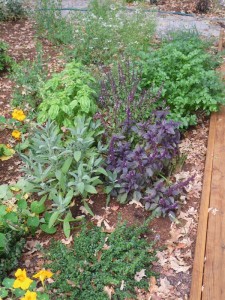
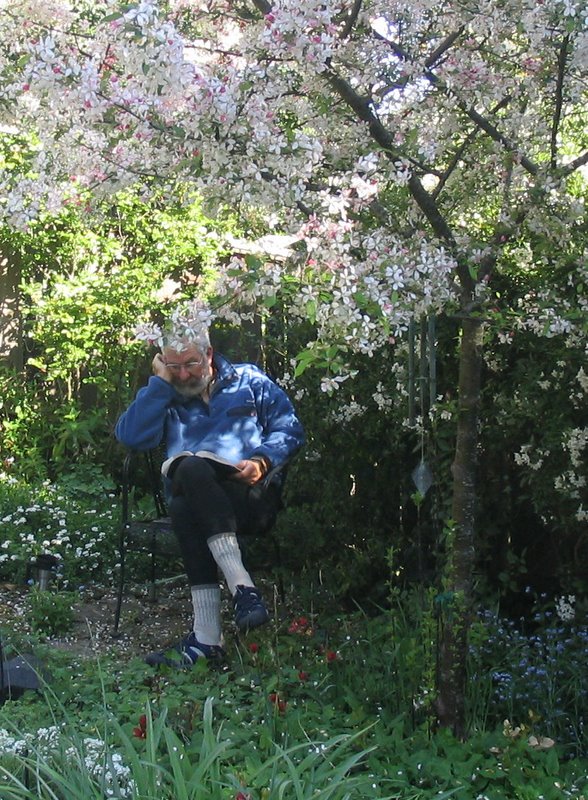
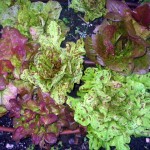
 Follow
Follow

